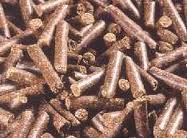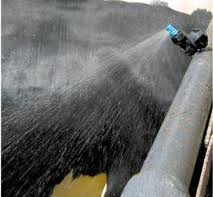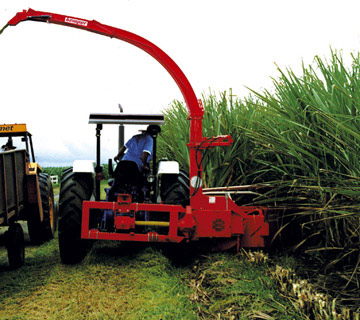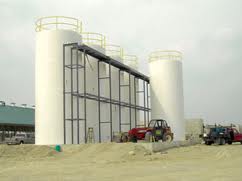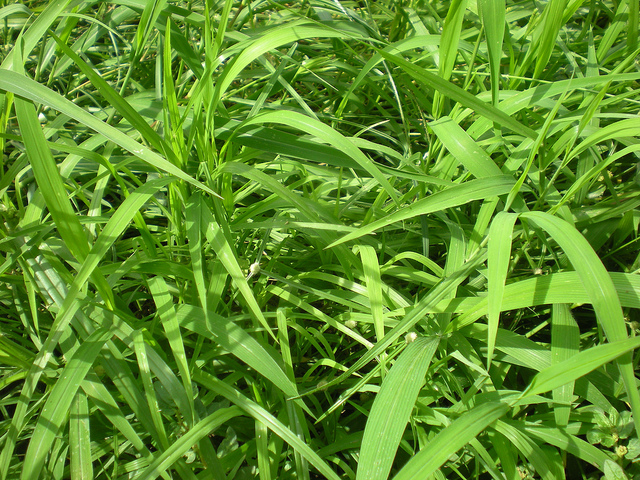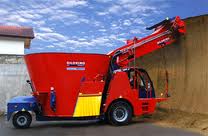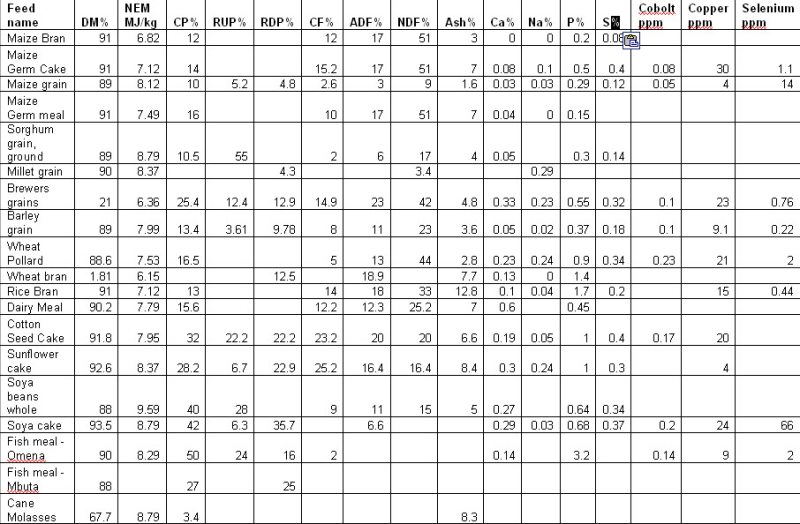Food, Water and Equipments
Have you eaten at one of those ‘all you can eat’ buffets recently? It’s a challenge (if not impossible) to stop eating even when you have met the recommended energy intake for your body size and work load for the day, writes Noah Litherland, University of Minnesota, Dairy Extension.
Some authors define “haylage” as “… an alternative when weather conditions are not good enough for drying hay below 14 %...” (Kenney, 2001), “… a feed that is halfway between hay and silage (Saunders Comprehensive Veterinary Dictionary, 2007)” or “… ensiled forages, made up of grass, alfalfa and alfalfa- grass mixes (Wikipedia, 2008)
By P.J.Kononoff (Extension Dairy Specialist),R.J. Grant(President,Miner Agricultural Research Institute) and J.F. Keown Extension Dairy Specialist). An article which discusses important aspects of grouping and feeding systems, body conditioning and nutritional requirements for high-producing dairy cows
By Alvaro Garcia, Kenneth Kalscheur, Arnold Hippen, Dairy Science Department, and Rebecca Schafer, Extension educator, South Dakota State University Cooperative Extension Service - Corn grain usually makes up 30 to 35% of the total ration dry matter (DM) of a typical Midwest lactating cow diet.
By Doug Alcock Livestock Officer, Extensive Industries Development, Cooma and published by NSW DPI.
By Rebecca Schafer, livestock Extension educator Alvaro Garcia, Extension dairy specialist - With the high prices of corn, many producers are looking for energy and protein alternatives to replace either all or a portion of the corn they have been feeding.
By Clyde Lane, Jr., Professor Animal Science and published by University of Tennessee in Beef Cattle Time, Are you faced with a short supply of hay for your beef herd this winter? If so, it is time to look at some alternative sources of feed to carry the animals to spring.
By John B. Hall, Extension Animal Scientist, Beef, Virginia Tech.- Without a doubt, Virginia is dry even though some areas have received a little rain. Short term climate predictions are for a dry March – May and possibly early summer. I hope by writing this article, it will act as a rain dance, and by the time you read this, the information will not be needed. However, the way things are shaping up now, its time to make some plans.
By Kelly Myers, Dairy Science Graduate; Katharine Knowlton, Assistant Professor of Nutrition; and Gerald M. Jones, Professor and Extension Dairy Scientist; Department of Dairy Science, Virginia Tech.
Table of Contents
Phosphorus requirements
Do cows really need high phosphorus levels in the diet to sustain healthy reproductive cycles?
Why is over-application of phosphorus to cropland of concern?
What can you do?
Summary
By Kelly Myers, Dairy Science Graduate; Katharine Knowlton, Assistant Professor of Nutrition; and Gerald M. Jones, Professor and Extension Dairy Scientist; Department of Dairy Science, Virginia Tech.
Table of Contents
Nitrogen (N) Facts
Results of Nitrogen Contamination of Ground and Surface Water
Milk Urea Nitrogen (MUN) - A Tool to Monitor Protein Utilization
How high is too high for MUN levels?
Summary
Reference













